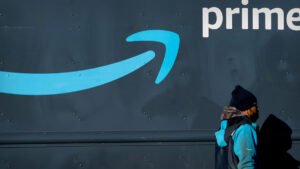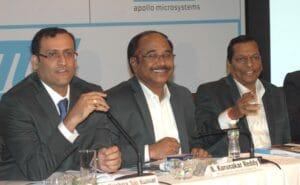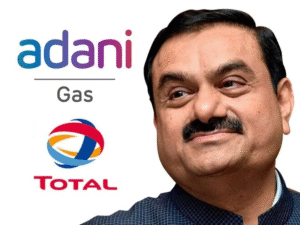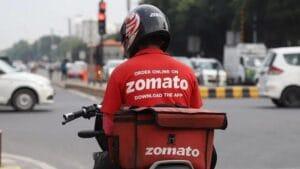1. At a Glance
HCC has built 26% of India’s hydropower capacity, 60% of its nuclear power capacity, thousands of km of roads, and enough tunnels to hide every scam in Indian infra history. Yet, in FY24 revenue dropped 18% YoY (blame divestment of Swiss arm Steiner AG), debt still weighs at ₹1,679 Cr, and 79% of promoter holding is pledged. The Q2 FY25 order book is ₹9,773 Cr — decent, but down from ₹13,344 Cr last year. Shares trade at ₹25, a far cry from the ₹50+ highs. It’s a mix of iconic projects, legacy debt, and the eternal promise of “next year will be better.”
2. Introduction
Incorporated in 1926, Hindustan Construction Company is the OG of Indian infrastructure — long before EPC became a buzzword. From the Bhakra Nangal Dam to the Bandra-Worli Sea Link, HCC has been everywhere concrete needed to be poured and politicians needed to cut ribbons.
But in the 2010s, aggressive bidding, arbitration battles, and debt spirals turned the company from infrastructure icon to restructuring case study. Foreign forays like Steiner AG were supposed to diversify revenue, but ended up as a distraction, eventually sold off in 2024.
Now, HCC is refocused on India: hydro, nuclear, transport, water — plus an eye on the Middle East and Nepal. The ₹46,000 Cr bid pipeline and ₹3,860 Cr in L1 position give it work visibility, but the declining order book shows competition is fierce.
The big challenge? Balancing execution on mega-projects with servicing debt, keeping interest costs from eating operating profit, and managing investor confidence when promoter pledging remains stubbornly high.
3. Business Model (WTF Do They Even Do?)
HCC is a full-stack engineering & construction player. The company:
- Designs, builds, and commissionsdams, tunnels, bridges, roads, ports, hydro/nuclear/thermal plants.
- Has contributed to:
- 26% of India’s hydropower capacity
- 60% of nuclear
- power generation capacity
- 4,036 lane-km of expressways and highways
- 395 bridges
- 360 km of tunnels
- Works EPC-style: wins tenders → executes over multi-year timelines → gets paid in tranches (sometimes after arbitration).
Revenue streams:
- Transport (47% of order book)
- Hydro (26%)
- Water (22%)
- Nuclear (5%)
Execution risk is high: delays mean working capital lock-ins, cost overruns, and arbitration. But successful delivery builds credibility for the next bid cycle.
4. Financials Overview
| Metric | Latest Qtr (Q1 FY26) | YoY Qtr (Q1 FY25) | Prev Qtr (Q4 FY25) | YoY % | QoQ % |
|---|---|---|---|---|---|
| Revenue (₹ Cr) | 1,091 | 1,816 | 1,374 | -39.9% | -20.6% |
| EBITDA (₹ Cr) | 179 | 152 | 288 | 17.8% | -37.8% |
| PAT (₹ Cr) | 50.7 | -2 | 90 | — | -43.7% |
| EPS (₹) | 0.28 | -0.01 | 0.50 | — | -44% |
QoQ dip in revenue and profit reflects project seasonality and lumpiness in billing. YoY EBITDA improved despite revenue fall — cost control working.
5. Valuation (Fair Value RANGE only)
Method 1: P/E
- EPS (TTM) = ₹0.94 (low due to losses in past quarters)
- Assign sector P/E 20–25 (civil construction) → FV range ₹18.8 – ₹23.5
Method 2: EV/EBITDA
- EV = ₹5,636 Cr, EBITDA (TTM) ≈ ₹778 Cr → EV/EBITDA = 7.24x
- Peer range 8–10x → FV range




















